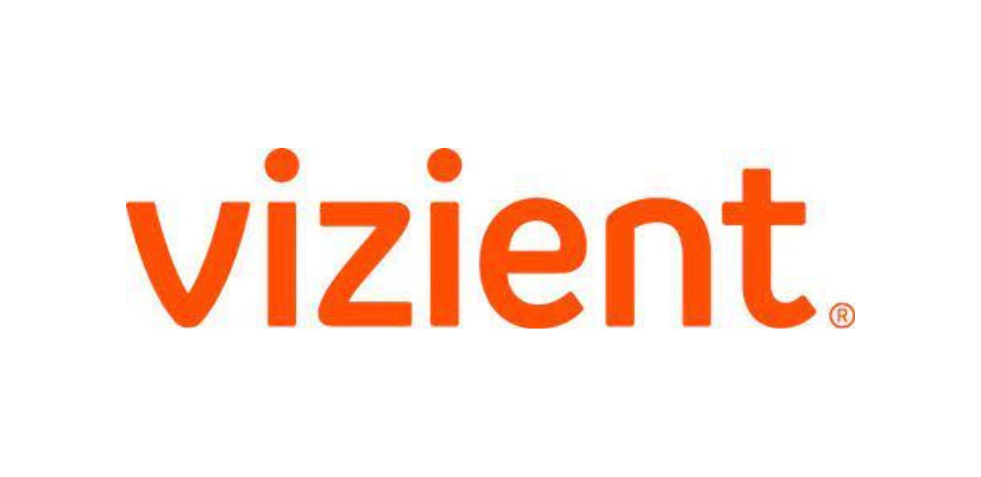February 5, 2025- A recent Sg2 analysis of inpatient dialysis care finds that for some hospitals currently operating in-house dialysis services, outsourcing may offer clinical, operational and financial benefits including shorter lengths of stay, lower infection rates and reduced direct costs. Read “To Outsource or Not? A Correlative Study of In-Hospital Dialysis Outcomes and Costs”.
Inpatient dialysis is one of the most resource-intensive services hospitals provide due to the complexity of the patients and the logistical challenges of its delivery. Two main conditions drive inpatient dialysis: end-stage renal disease (ESRD) and acute kidney injury (AKI). These conditions are not mutually exclusive, as some ESRD patients receiving dialysis in the hospital may also have an AKI. In terms of distribution, 71% of hospital dialysis patients have ESRD only, 7% have an AKI only and 22% have both ESRD and an AKI. Patients with an AKI require intensive interventions due to their higher complexity and reliance on critical care.
Sg2, a Vizient® company, analyzed inpatient outcomes and costs for in-house and outsourced dialysis services for 349,361 patients from 546 hospitals in the Vizient Clinical Data Base. The analysis showed that the observed correlative benefits of outsourcing inpatient dialysis are most evident at higher acuity facilities. On average, when compared with inpatients receiving outsourced dialysis care, in-house dialysis care patients:
- Incur a 10% higher average direct hospitalization costs at academic medical centers ($41,853 vs $37,893)
- Stay more than a day longer in the ICU at high acuity facilities (9.76 vs 8.64)
- Spend an average of two additional days in the hospital at high acuity facilities when diagnosed with AKI (21.85 days vs 19.82)
